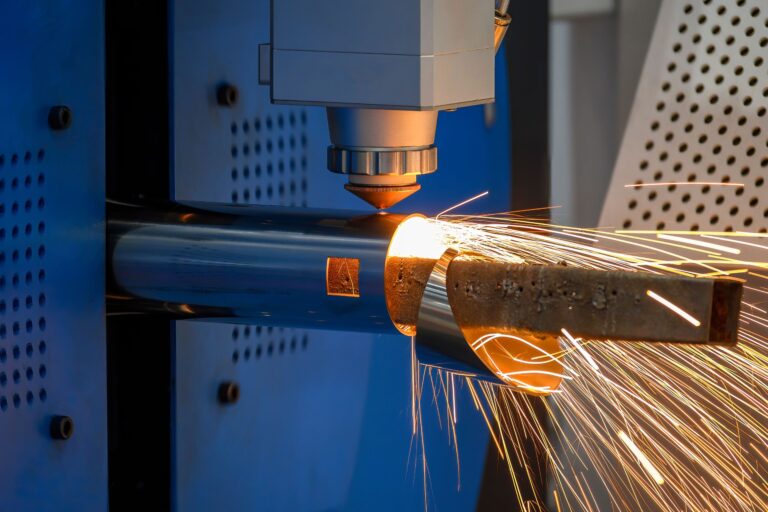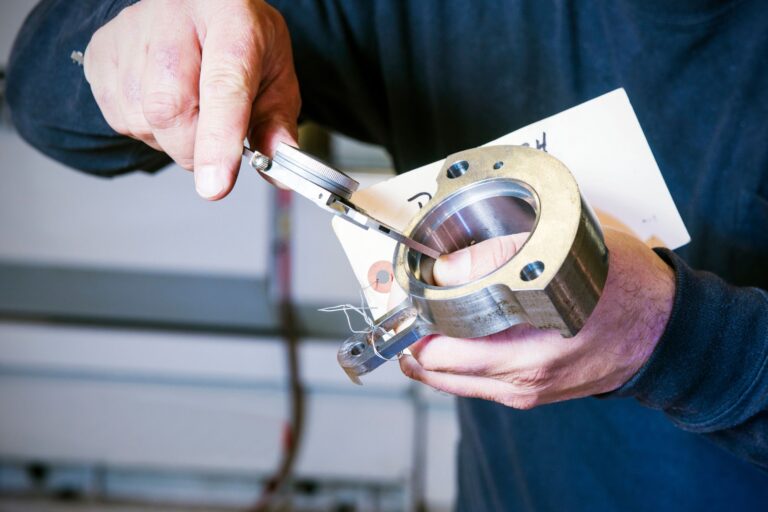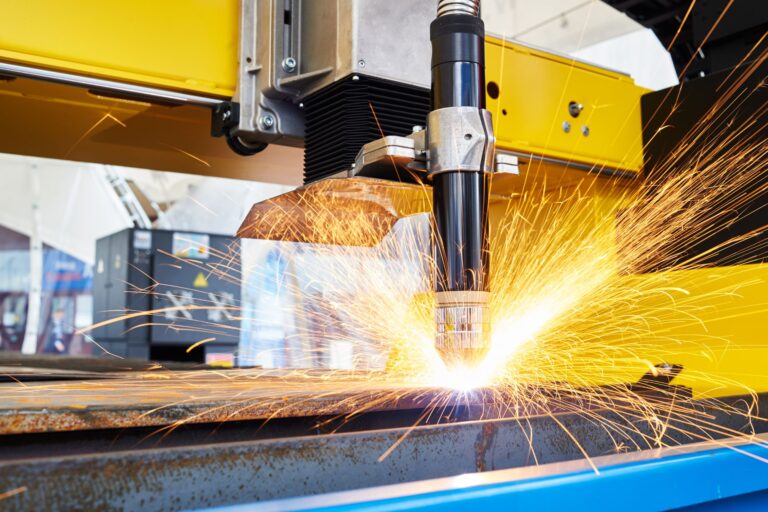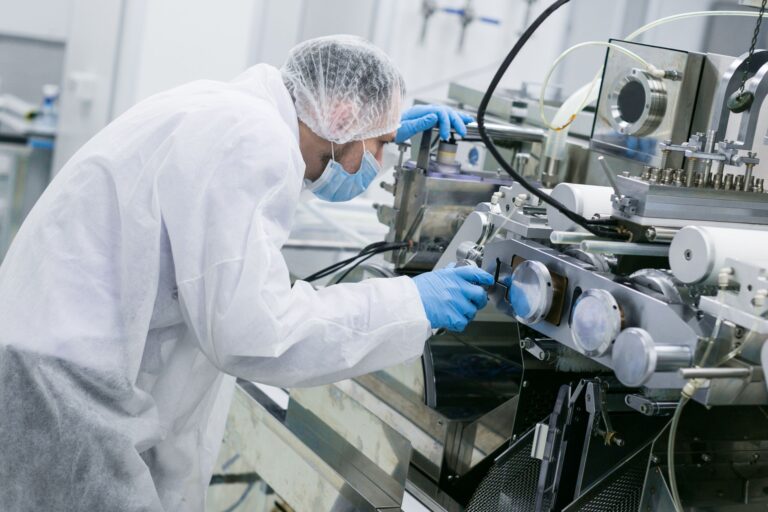Additive manufacturing (AM), commonly known as 3D printing, is revolutionizing the metalworking industry by enabling greater design flexibility, reducing material waste, and streamlining production processes. As technology advances, metal additive manufacturing is proving to be a game-changer for industries such as aerospace, automotive, and heavy machinery, offering new possibilities in production and innovation.
The Basics of Additive Manufacturing in Metalworking
Unlike traditional subtractive manufacturing methods, which involve cutting away material to shape a part, additive manufacturing builds components layer by layer using advanced metal powders, lasers, or electron beams. This process allows for complex geometries and lightweight structures that would be difficult or impossible to achieve with conventional techniques.
Key Advantages of Additive Manufacturing in Metalworking
1. Design Freedom and Complexity
Additive manufacturing enables the creation of intricate designs that were previously unattainable using traditional manufacturing techniques. Engineers can now develop highly optimized structures with improved strength-to-weight ratios, allowing for enhanced performance in demanding applications.
2. Material Efficiency and Waste Reduction
Unlike conventional machining, which often results in significant material waste, AM only uses the necessary amount of metal powder to build a part. This efficiency not only lowers material costs but also aligns with sustainability initiatives by reducing industrial waste.
3. Rapid Prototyping and Production
Additive manufacturing significantly shortens the product development cycle by enabling rapid prototyping. Engineers can quickly test and iterate designs without the need for expensive tooling, accelerating innovation and reducing time to market.
4. Enhanced Customization
Industries that require bespoke components, such as medical implants or specialized tooling, benefit from AM’s ability to produce custom parts with minimal additional cost. This level of personalization is particularly useful in aerospace and defense, where tailored solutions are essential.
5. Improved Strength and Performance
Advancements in metal additive manufacturing materials, including titanium, stainless steel, and aluminum alloys, have led to improved mechanical properties. These materials provide excellent strength, heat resistance, and durability, making them suitable for high-performance applications.
Challenges of Additive Manufacturing in Metalworking
While AM offers numerous advantages, it also presents challenges that manufacturers must address:
- High Initial Investment – Industrial-grade metal 3D printers and materials require significant upfront costs.
- Post-Processing Requirements – Many metal-printed parts require additional machining, heat treatment, or surface finishing to meet exact specifications.
- Material Limitations – Not all metal alloys are currently optimized for AM, limiting the selection of materials available for certain applications.
- Process Standardization – As AM continues to evolve, industries are working toward establishing consistent standards and certifications to ensure quality and reliability.
The Future of Metal Additive Manufacturing
As research and development continue, additive manufacturing is expected to further disrupt traditional manufacturing methods. Innovations such as hybrid manufacturing, AI-driven optimization, and high-speed metal printing will expand its applications and improve its accessibility.
At SL Industries, we recognize the transformative potential of additive manufacturing in the metalworking industry. By staying at the forefront of technological advancements, manufacturers can leverage AM to improve efficiency, innovate faster, and remain competitive in a rapidly evolving market.






